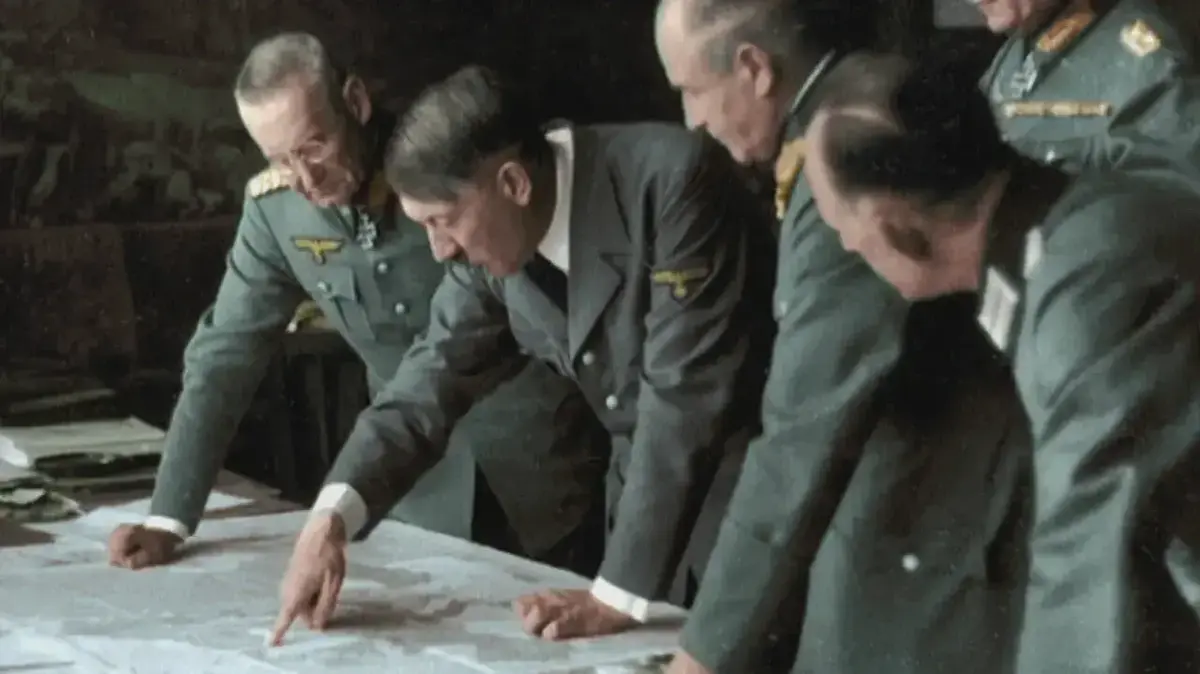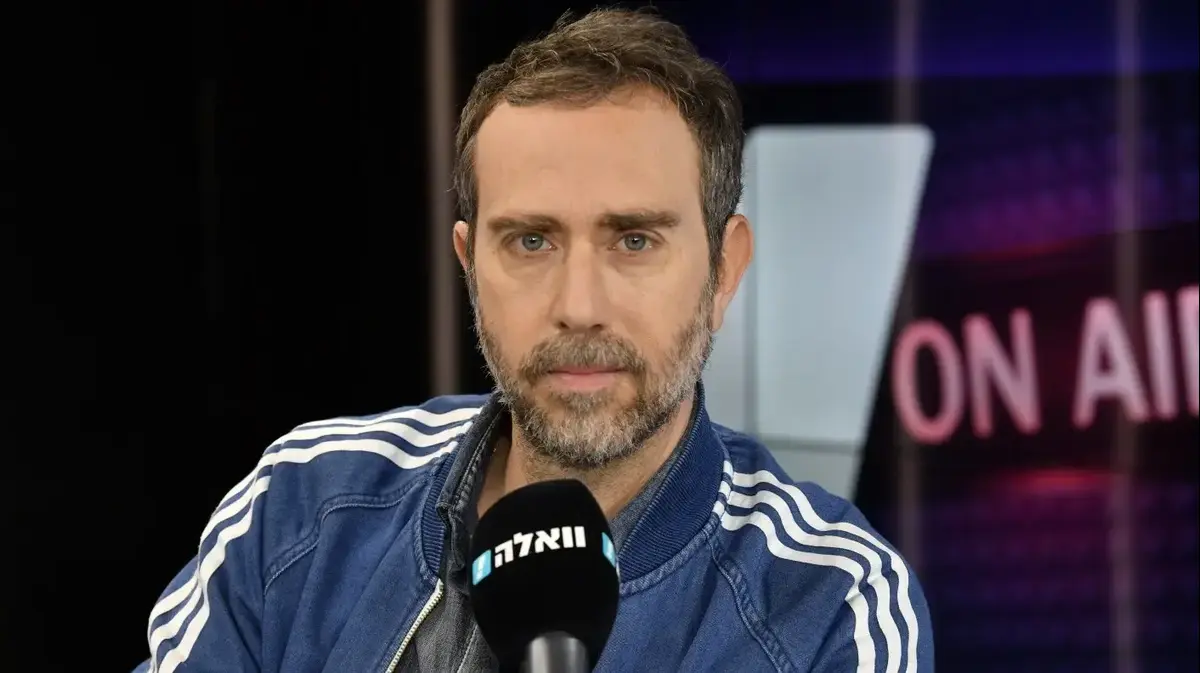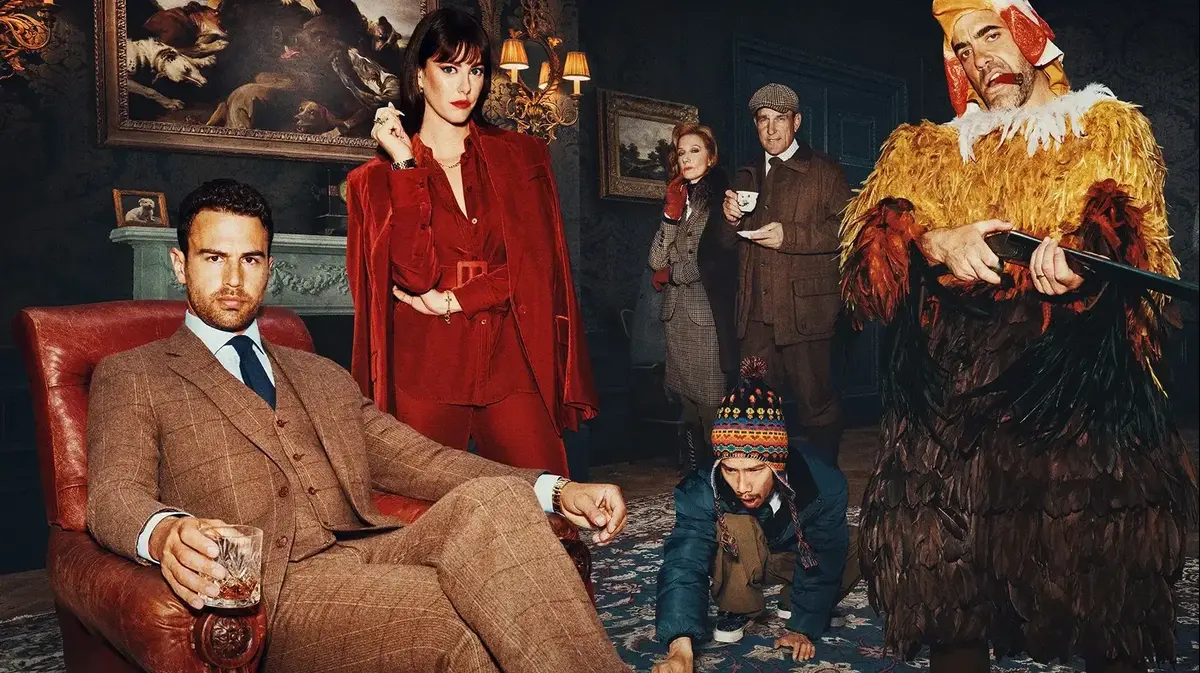How to say gently? This is another World War II series
Netflix's "Great World War II Events" in color is an important and interesting docu-series, but its creators' promise of showing pieces that have never seemed half-realized. In that sense, Netflix joins an existing trend of war series, and doesn't renew much to the genre's fans
Not renewed. "Great World War II Events in Color" (screenshot)
World War II Great Events (Photo: Screenshot)
The creators of the new WWII documentary series that recently came to Netflix under the name "Great World War II Events in Color" (or English - Greatest Events of WWII in Color) have taken on no simple task at all. The ten-episode series is one hour each, returns to archival material and uses relatively new technology, although not something we haven't seen before, and with military and historians, narration from theater actor and filmmaker Derek Jacoby (who is remembered as a member of Rome's Senate in the movie "Gladiator" ") - seeks to illustrate to the viewer what the non-black-and-white war looks like and, by describing ten prominent events in this war that have already been devised, analyzed, and been the focus of thousands of studies.
Two of the most prominent challenges facing her were David McNave and Alan Griffiths, editor Scott McEwing and director Nikki Bolster, for this line writer's choice of the ten "big" events in the all-out war, and of course, finding new archival materials that need to be restored and reconstructed. In the ten hours of the series, inhalation without being repeated. There was also another element to the series' script and that the selected events would also be in chronological order, since the development of the five and a half years of war must not be told, for example only in 1943 that it alone can hold twice that series.
The creators of the series chose to tell the course of the war with a fairly successful combination of themes that advance the plot over time. The opening chapter focuses on the revolutionary German fighting method presented in the war - the Flash War is the "Blitzkrieg" that first combined armor, air and infantry warfare in a coordinated and powerful way. This method of fighting was successfully demonstrated in the occupation of Western Europe, only after the "wet training" in the occupation of Poland which was less successful for the Germans.
More in Walla! NEWS More in Walla! NEWSNetta and Omar, Yehoram and Reichel and more
To the full articleThere were constraints. "Great World War II Events in Color" (screenshot)
World War II Great Events (Photo: Screenshot)
The second chapter focuses on the "Battle of Britain" in the same year - 1940, and the firm standing of the British nation facing the Luftwaffe bombs; The third installment jumps ahead in time for the surprise attack on Pearl Harbor and the US entry into the war; in the fourth and fifth episodes, mid-series, two events occur that many experts believe were the allies' war - the Midway battle in the Pacific and the Stalingrad siege where the German army absorbed - - his first downfall which prevented his advance eastward.
The sixth episode arrives on June 6, 1944 - the invasion of Normandy, and in the seventh episode "The Battle of the Bulge" in December 1944, which was the last attempt by the Nazi regime to overturn the war bowl, the defeat it suffered, and the opening of the Allied army to the Reich soil. So far, choosing topics is quite acceptable. In the eighth chapter, the creators made an intriguing choice and told the great fire story of the city of Dresden - a familiar story but one that suffered from "bad public relations" or historical under-coverage, due to the simple fact that these were events that happened on the losing side.
The eighth chapter puts the Holocaust on the table, but only in a tiny bit, as it deals with the liberation of the Buchenwald concentration camp in Germany in April 1945, and not the large extermination camps in Poland liberated by the Russian army, which is no accident. The final chapter discusses Hiroshima, and regularly describes how the US defeated Japan during the mighty maritime days in the Southeast Asia and Pacific Islands and the dilemma faced by new president Harry Truman as to the foreboding possibility of invading Japan to unconditional surrender - a condition his predecessor undertook Roosevelt who died shortly before.
Joining the trend. "Great World War II Events in Color" (screenshot)
World War II Great Events (Photo: Screenshot)
This series joins a whole bunch of similar series through successful restoration efforts to restore the old films, and to revive the old faded films. Some of them notable are "The Apocalypse - World War II" and "World War I - War Movie" - both of which are produced by National Geographic; "Apocalypse: Stalin" aired on History Channel; "Color America" that aired on HOT8 channel, and more. In that sense, Netflix joins an existing trend and doesn't renew anything.
Anyone who watches these kind of series devoutly encounters these ten episodes with a familiar face. The same bunch of historians we interpreted the war moves also appeared in a series about the same war mentioned above by National Geographic, along with a few new experts. This segment highlighted the lack of two elements - women and Russians. Of all the experts in the series, who are between 20 and 30, only three women appeared. In terms of Russian history experts - only one series is present. Of course, there is no need to worry about the proper representation of every country that took part in the war, but the feeling is that more could be done about this.
Every documentary maker is bound to the visuals he manages to put his hand on, unless you are Ari Pullman who decided to draw the movie he made (the wonderful "Waltz with Bashir"). The argument that came here a few lines ago that it was no coincidence that the creators of the series chose to engage in the Buchenwald camp and not in Treblinka or Auschwitz, for example, was in my estimation where the filmmakers found it difficult to find archival material from Russia that conquered Poland, and chose not to underestimate the value of the Holocaust.
Another series. "Great World War II Events in Color" (screenshot)
World War II Great Events (Photo: Screenshot)
The promise of the creators of the series said in the opening of each chapter to "excerpts that have never been seen and collected around the world" has only been fulfilled. Many sections of the series are familiar to the genre enthusiasts, and even for moviegoers it is difficult to differentiate between the new and the old. Further evidence of the paucity of new materials can be seen many times over again, sometimes almost in close proximity. Another thing that Netflix should invest more in is seemingly marginal but considerable - the translation. Its quality is poor, with no understanding of the concepts, and often Google Translate seems to be integrated into the work.
At the same time, the series contains some fascinating and new stories, such as the story of an intelligence officer in the US Navy who convinced the entire system that faced the Japanese that they were going to attack in Midway, thus changing the course of the war in this arena, as well as other stories (not wanting to make 70-year-old spoilers). The choice of subjects described here has also been made wisely, while maintaining the necessary chronology with the prominence of the truly important events. In conclusion, this is another World War II series, not the "World War II Series".









